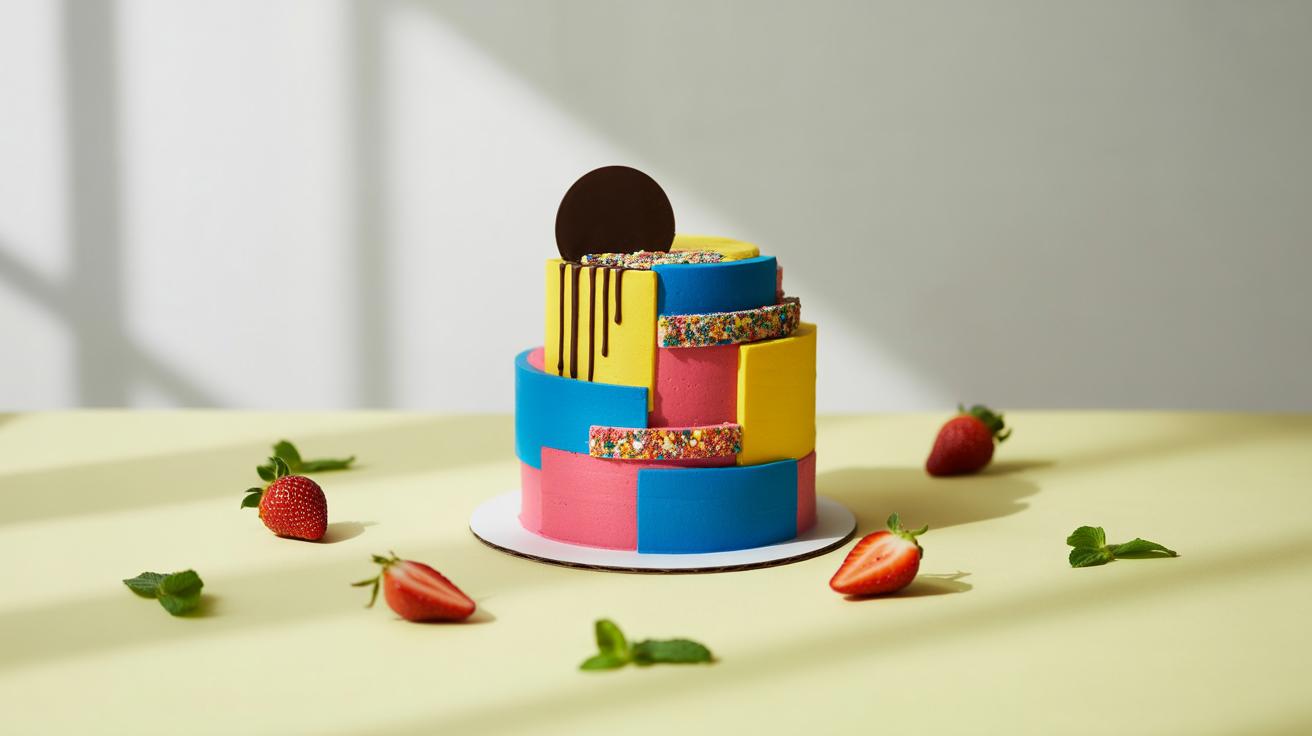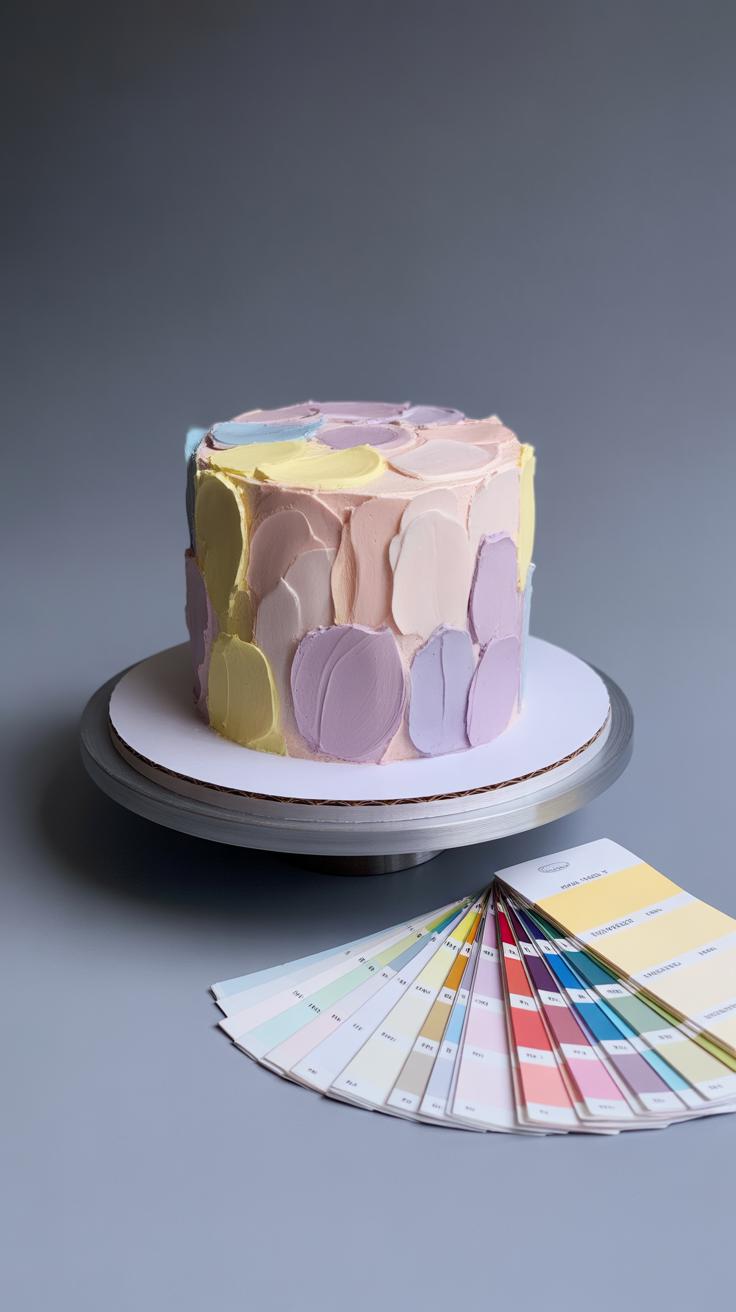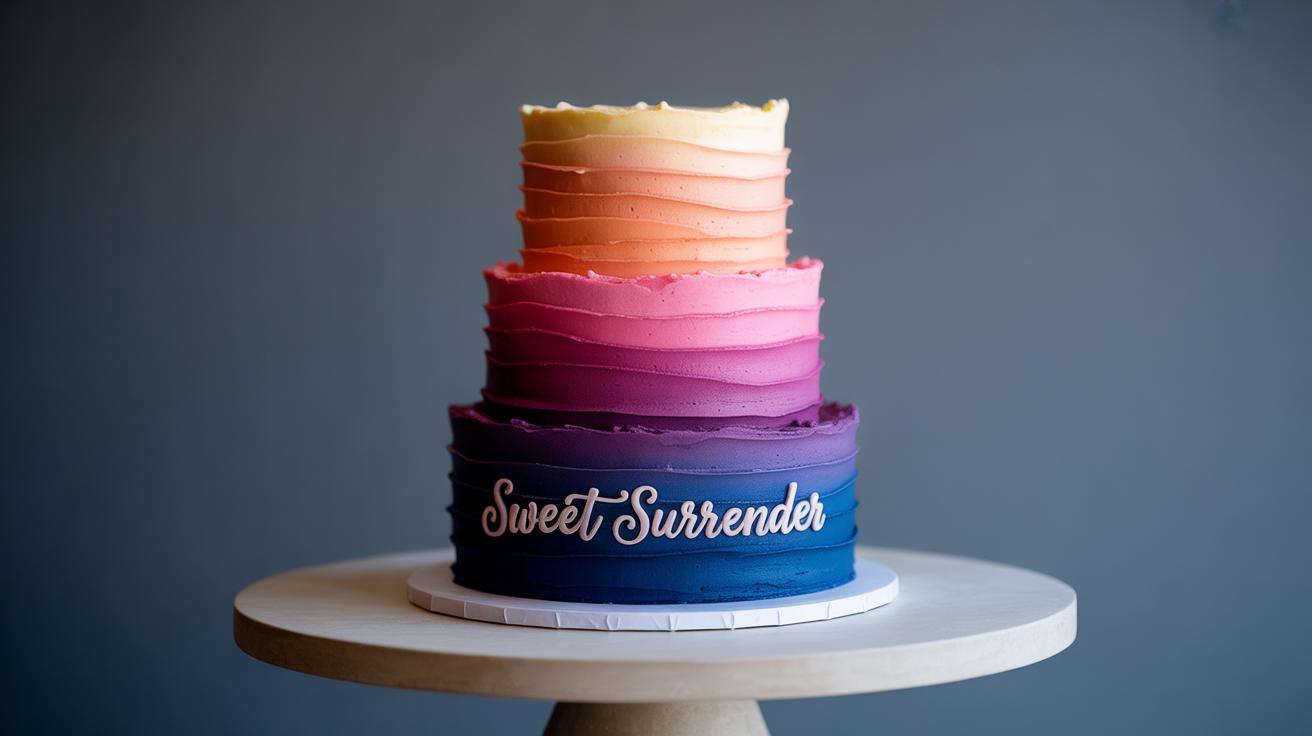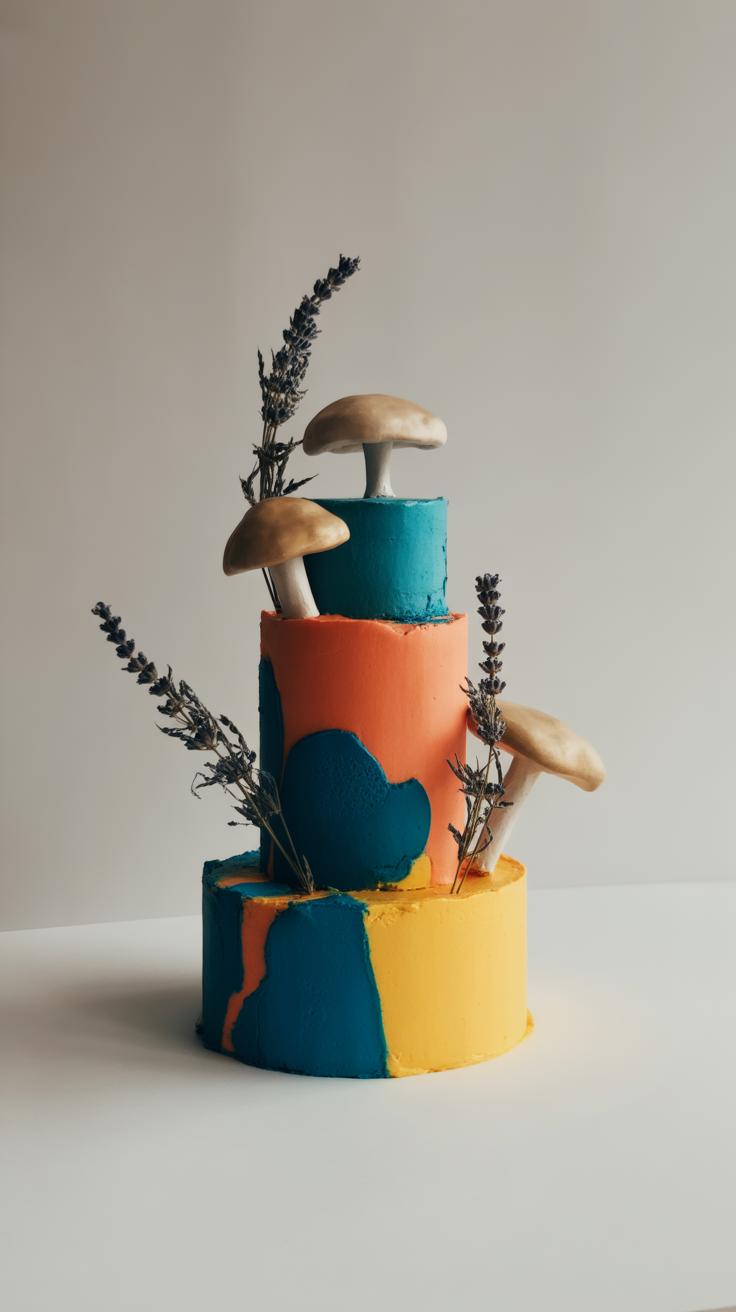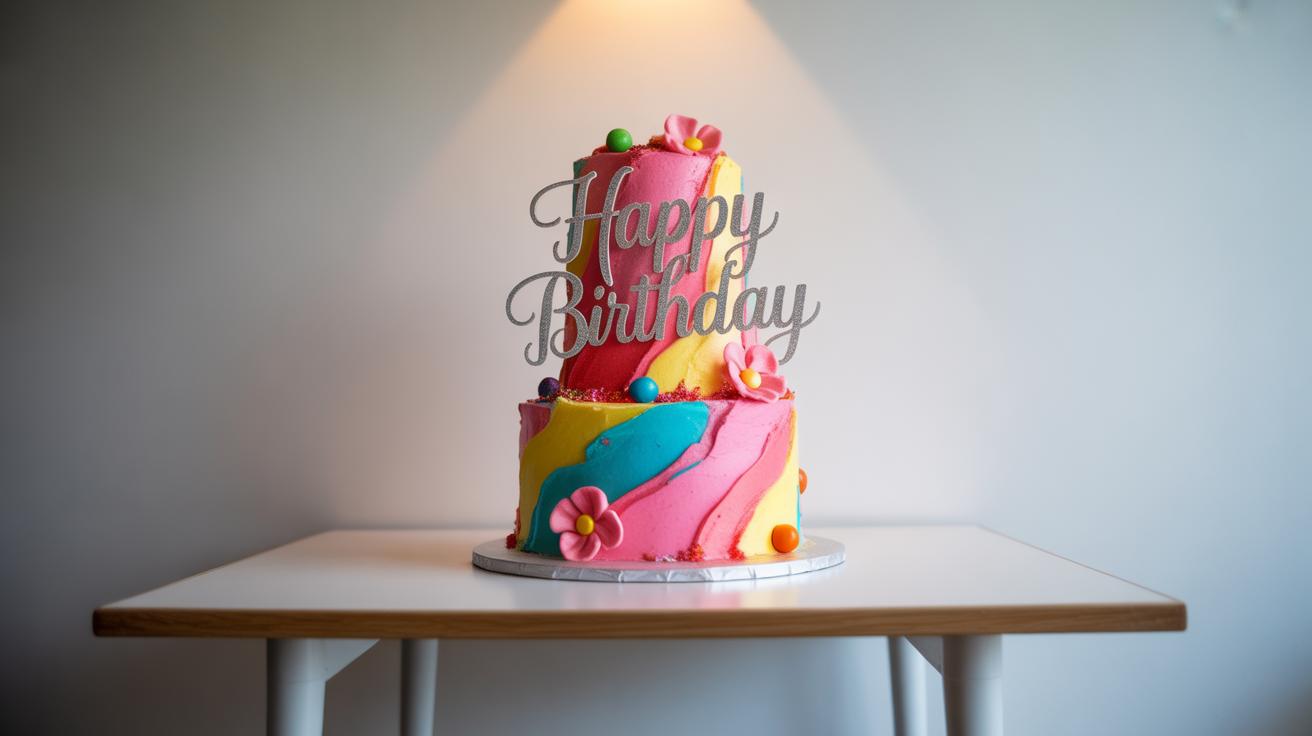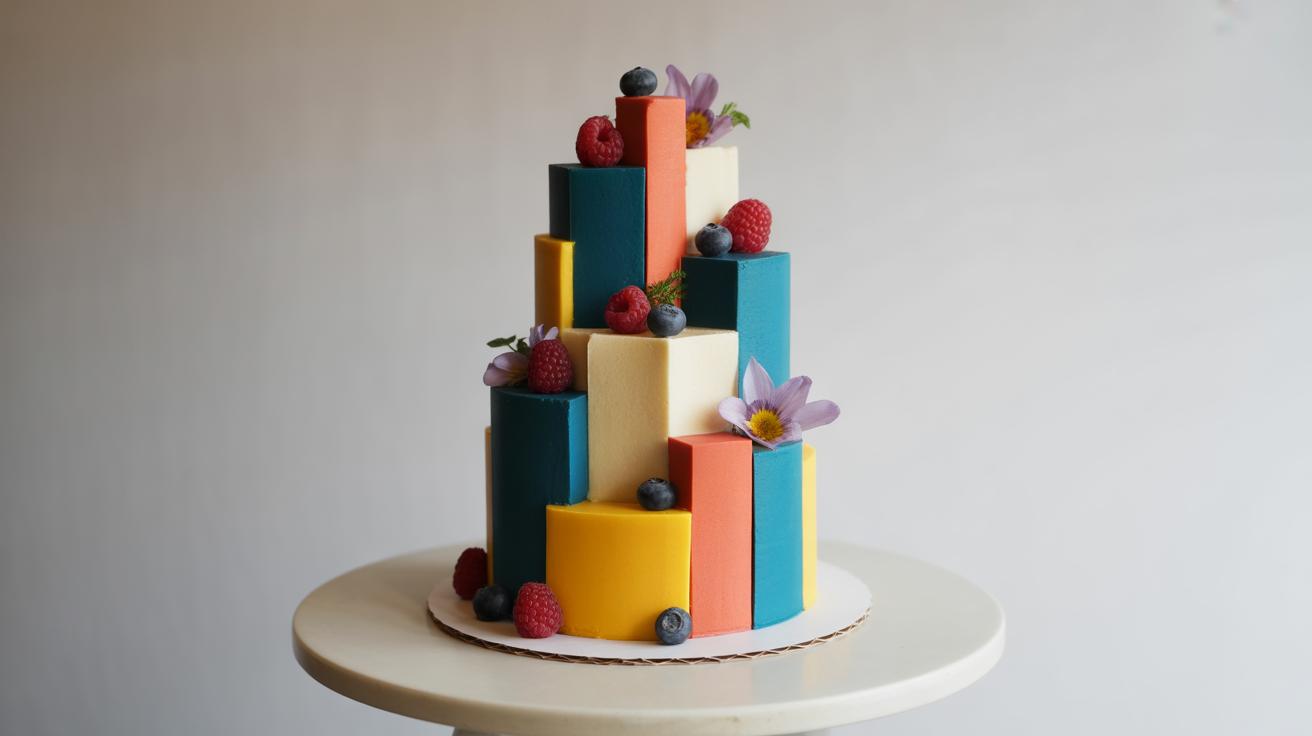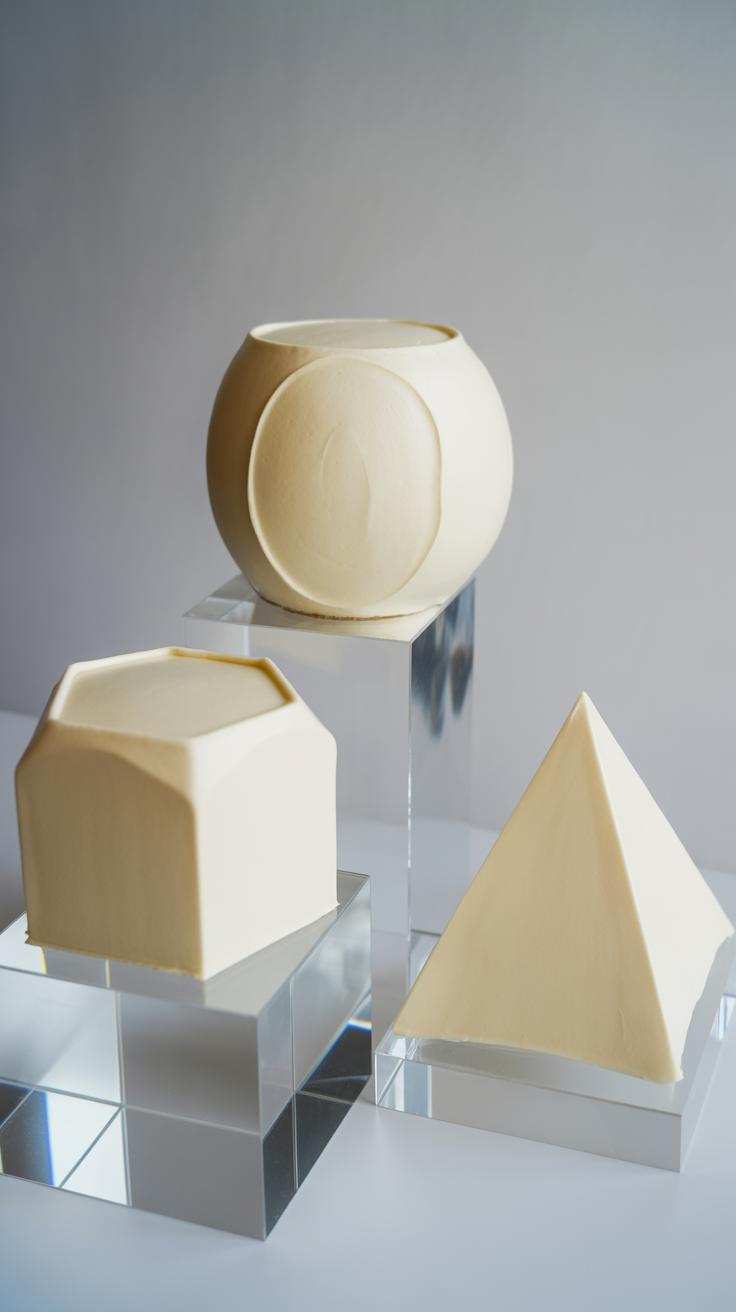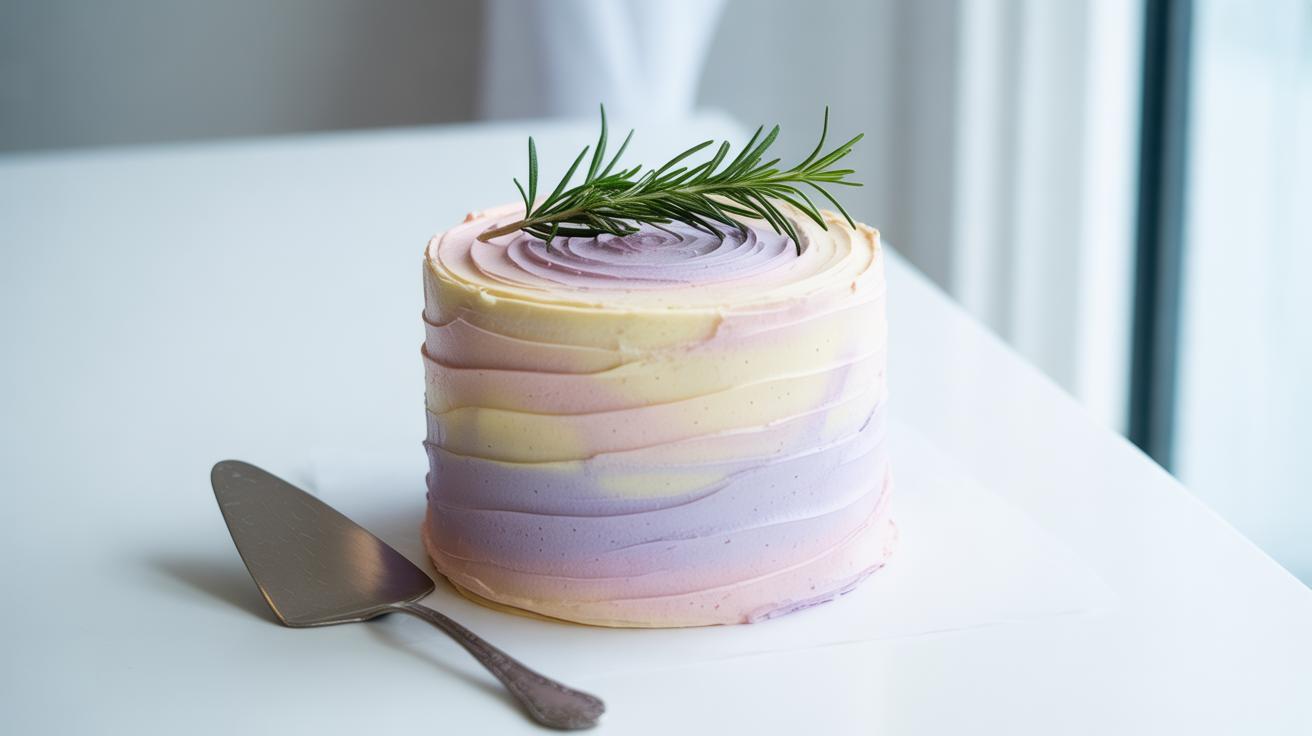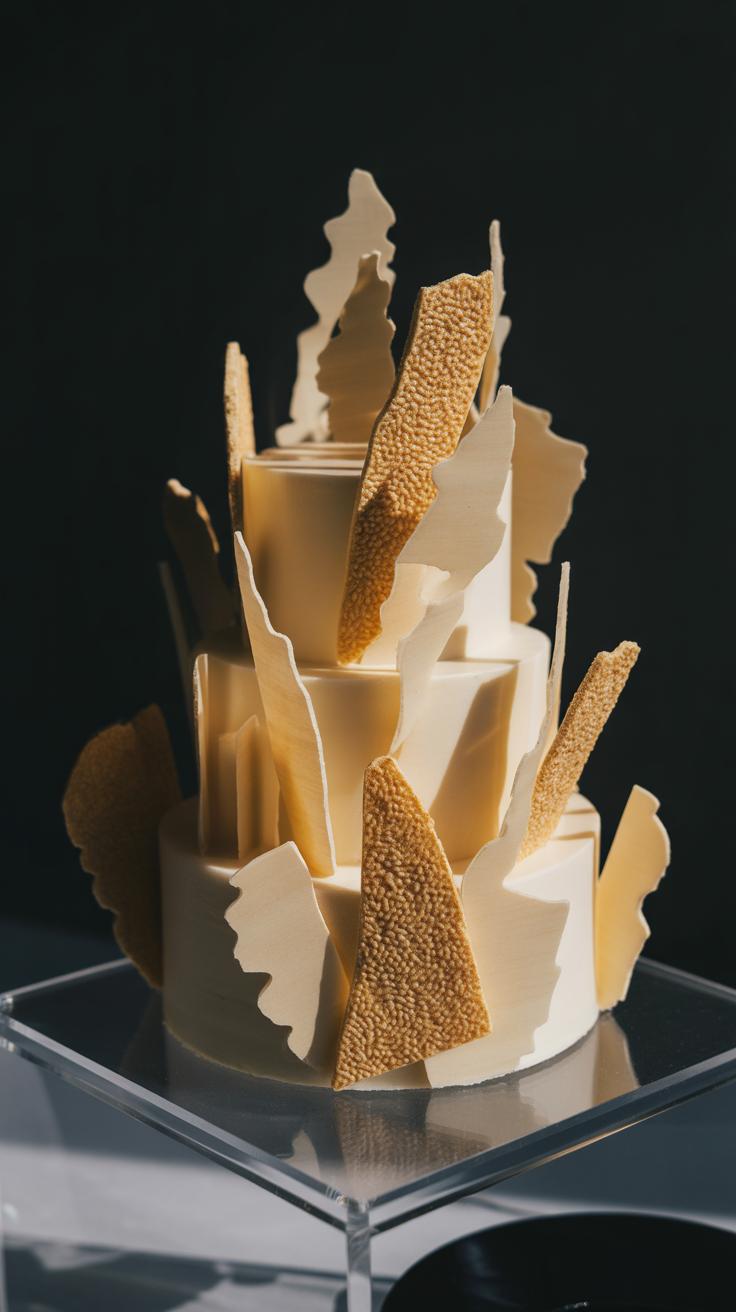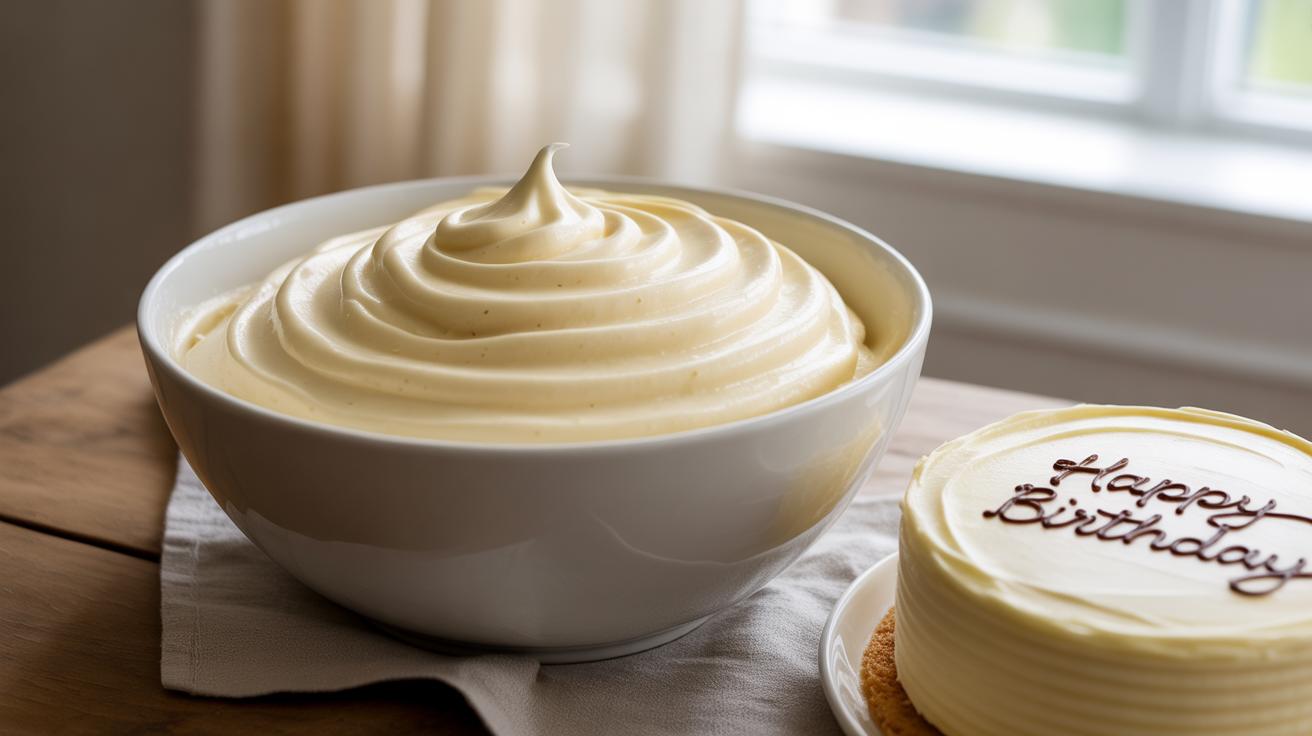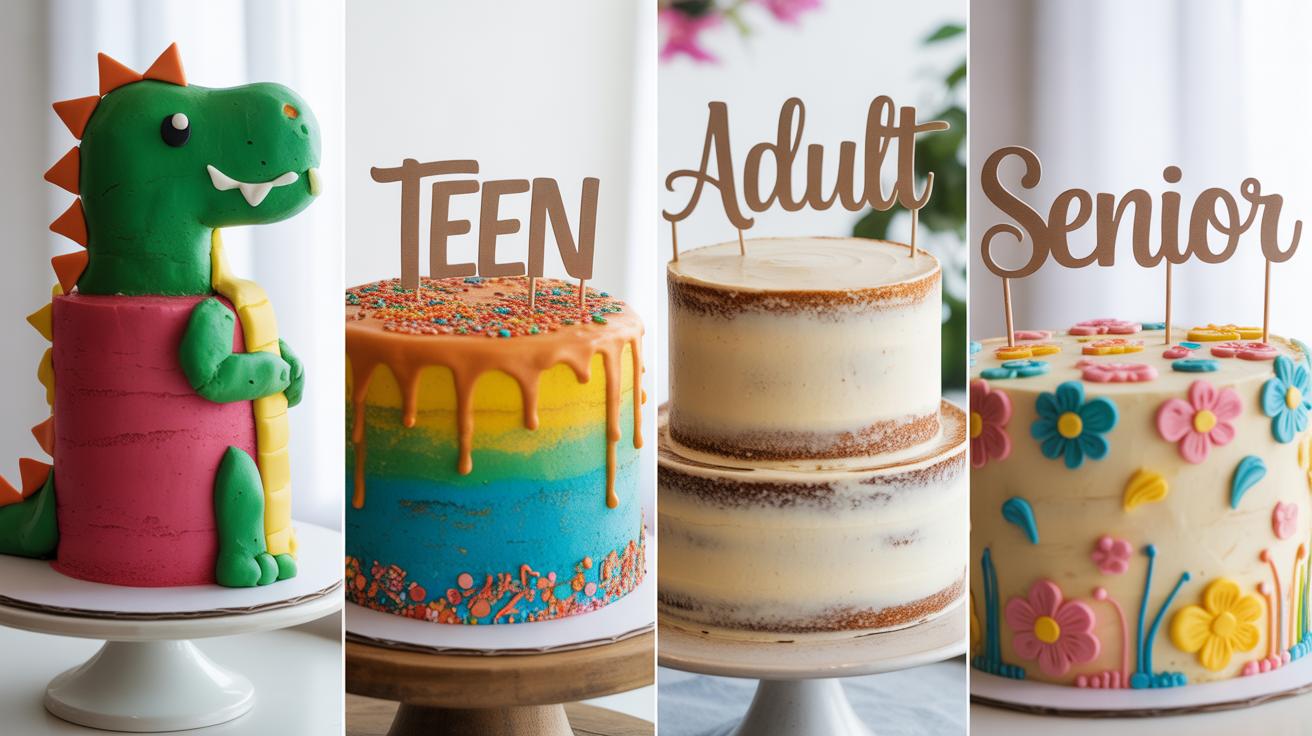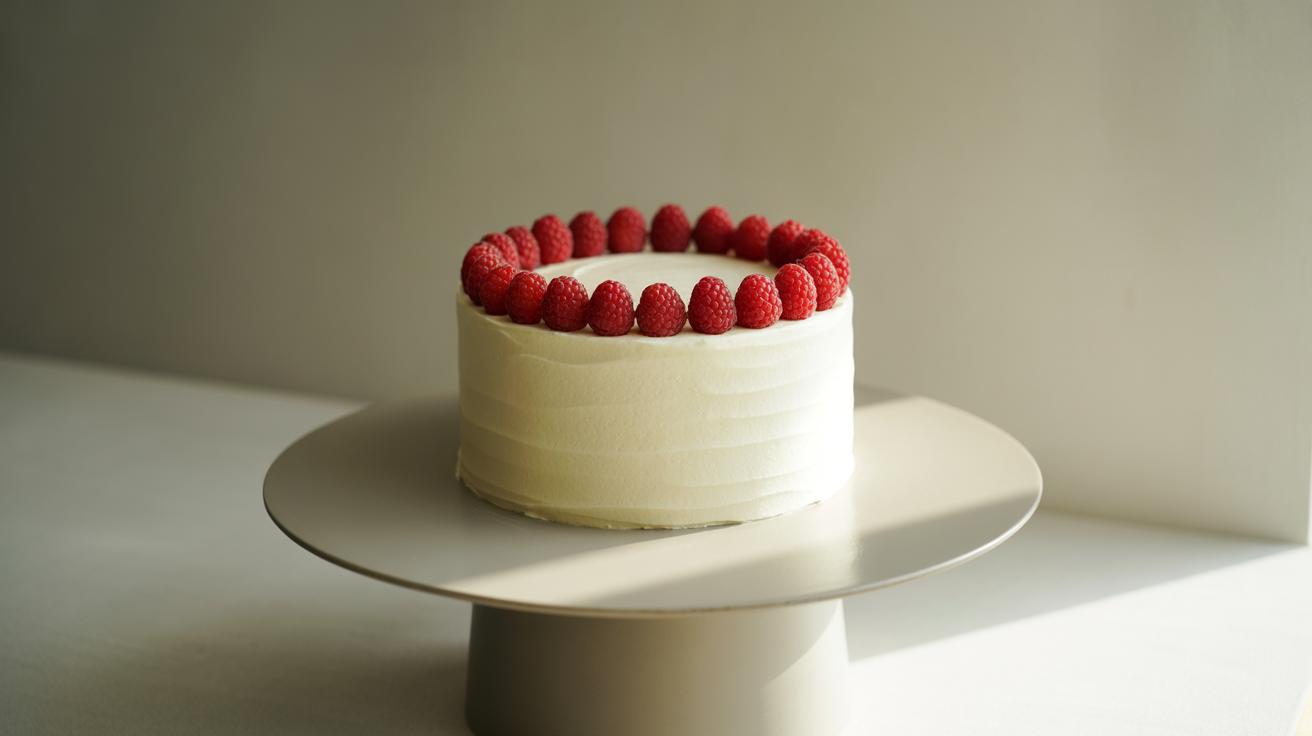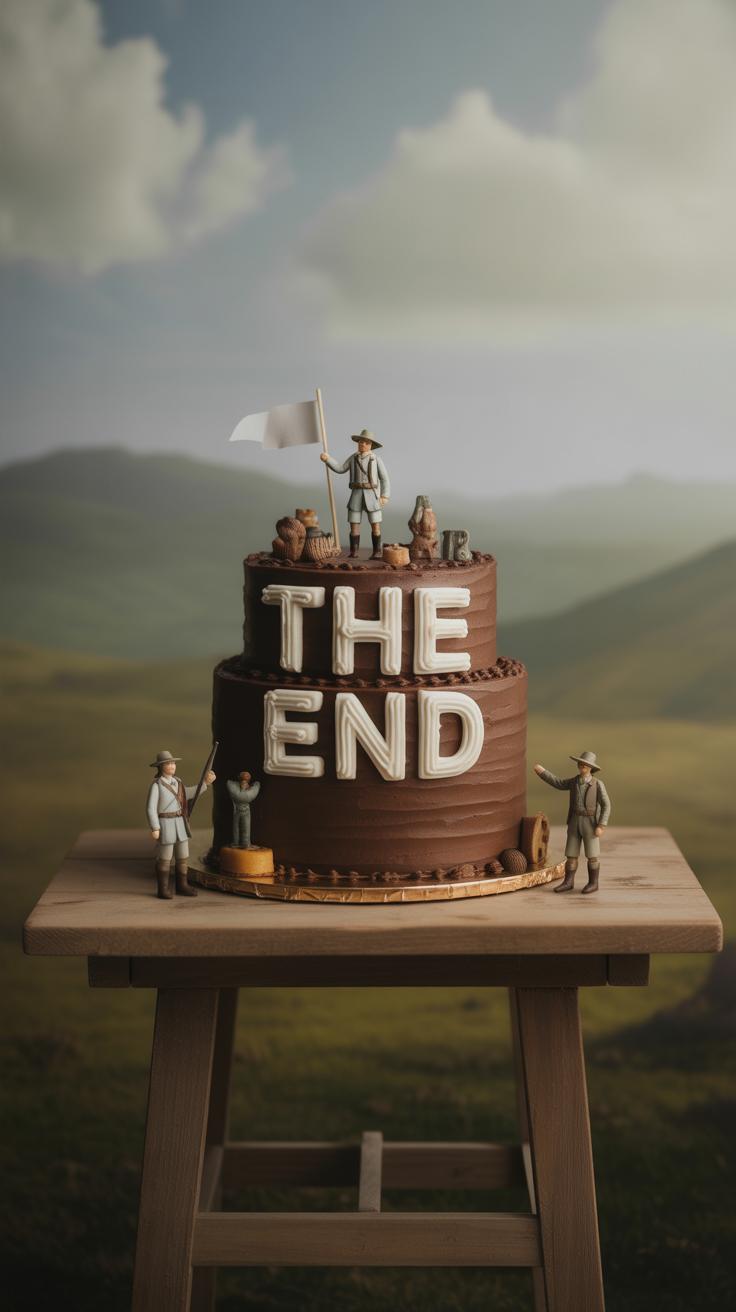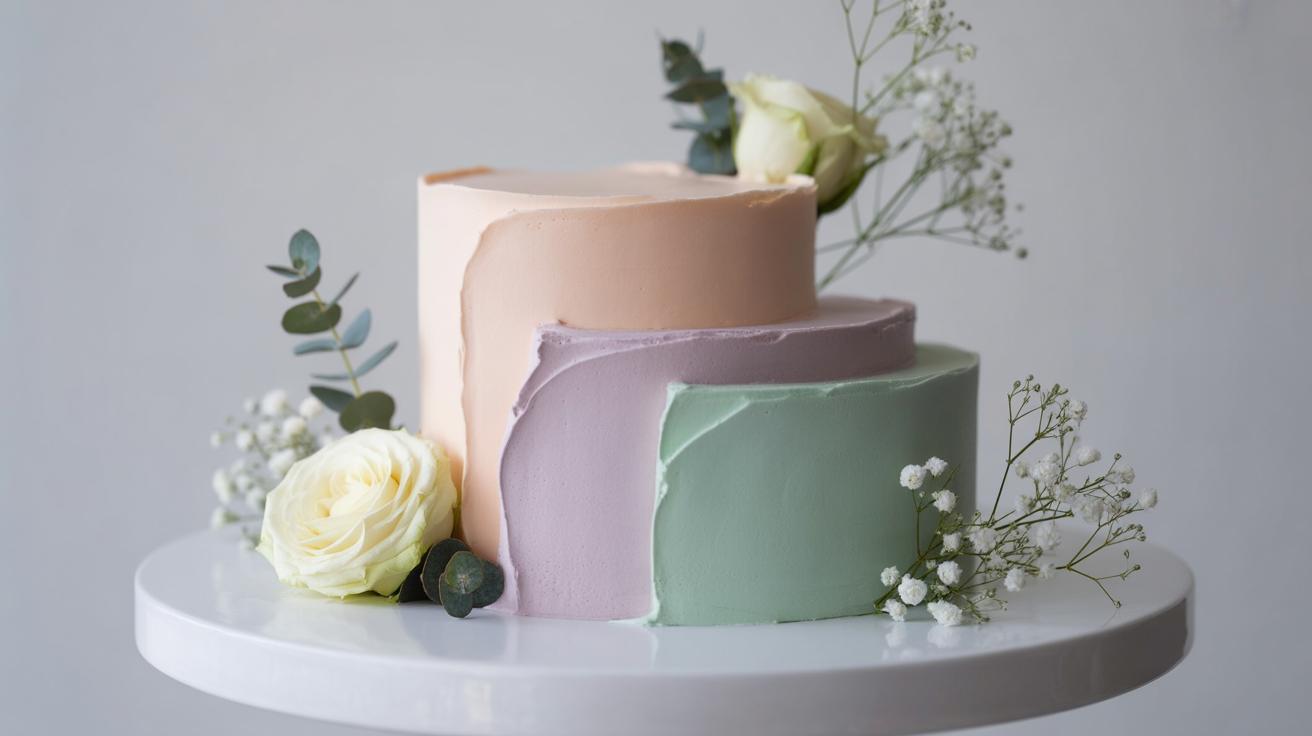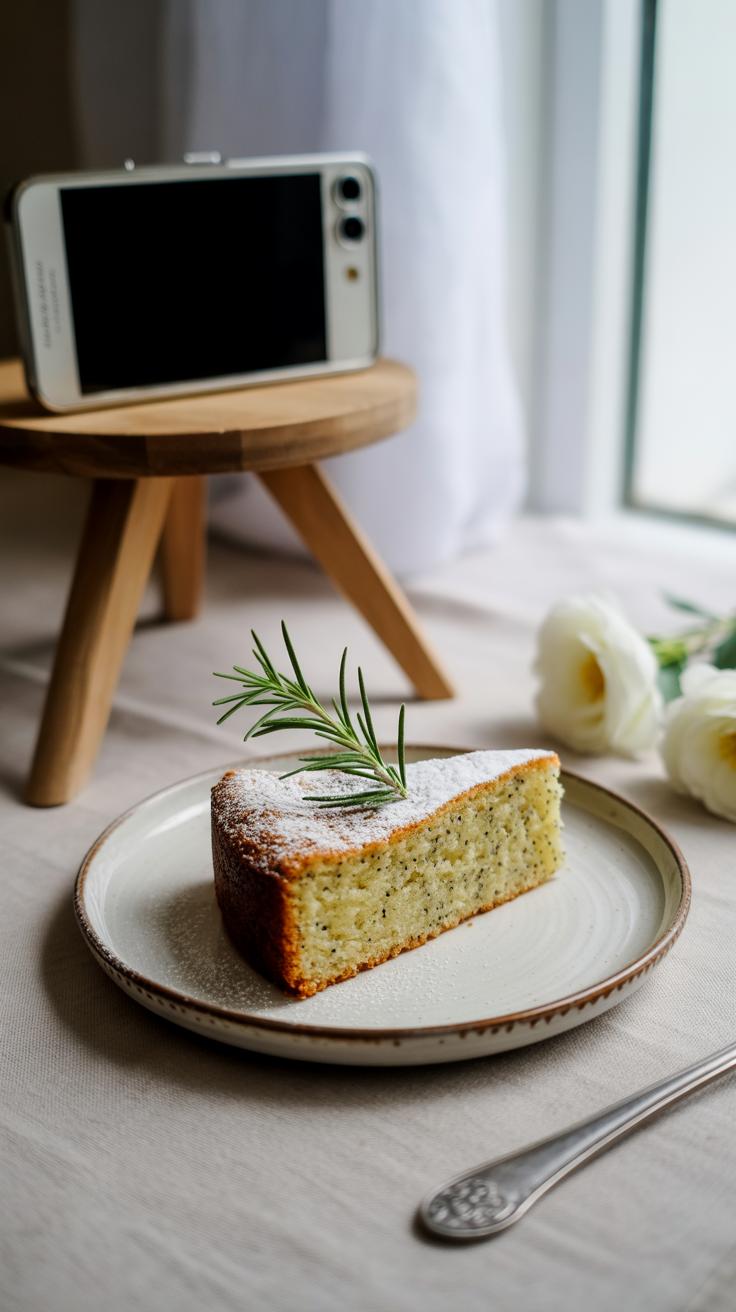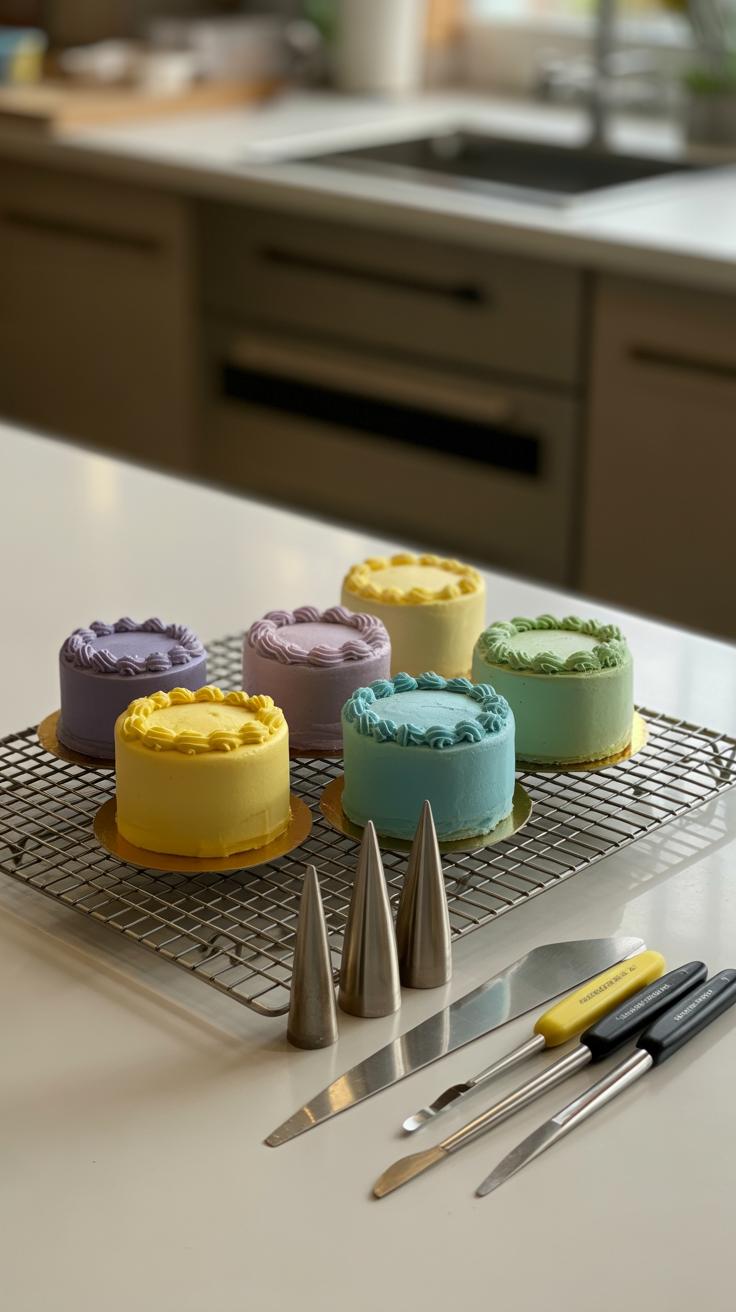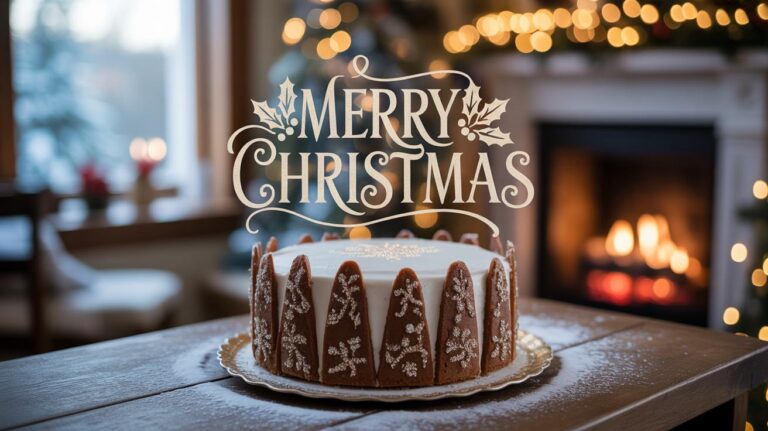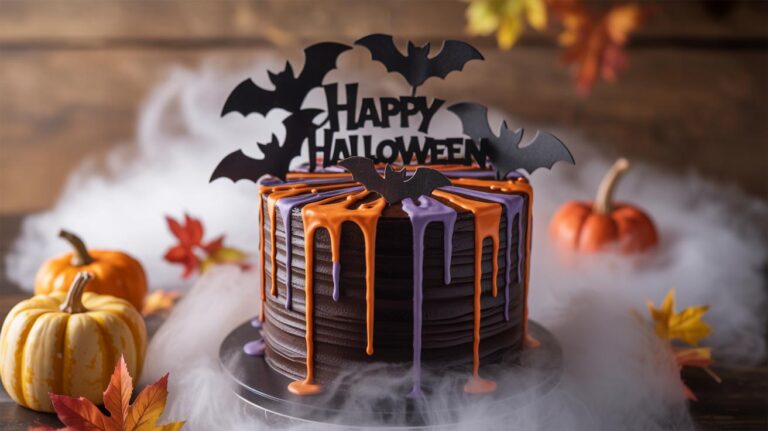Introduction
Food art transforms ordinary edibles into captivating visual displays. In the realm of cakes, this art form pushes beyond traditional decoration to create stunning pieces that challenge expectations. Food Art Cake Ideas That Break The Rules introduces you to this creative world.
This article explores bold cake art ideas. You will discover methods that use unexpected materials and techniques. These ideas help you design cakes that stand out and engage people visually and emotionally. Dive into these chapters to learn and get inspired.
Understanding Food Art in Cake Design
What is Food Art
Food art, when it comes to cakes, means treating edible ingredients as tools for visual expression. It’s less about flavor—though that matters—and more about how shape, color, and texture come together to create something you can admire and almost hesitate to eat. Imagine using buttercream like paint or molding fondant like clay. Food becomes more than a dish. It’s a medium.
At its core, food art challenges the idea that cakes are just something sweet on a plate. Here, they become sculptures, paintings, or installations—still edible, but also a feast for your eyes.
How Food Art Transforms Cakes
With food art, cakes stray from basic round layers covered in smooth frosting. They might be shaped like animals, objects, or abstract forms. I’ve seen cakes sculpted to mimic fabrics draping over tables or decorated with hand-painted scenes that look like mini canvases. Sometimes, decorators paint directly on fondant or glaze to add intricate details. Edible flowers can burst out in surprising ways, breaking free from flat designs.
These innovations make cakes feel less like desserts and more like gallery pieces you want to display. The line between food and art blurs, leaving you to wonder whether you should cut a slice or just stare.
Breaking Traditional Cake Decoration Rules
Most cakes you see tend to follow similar decoration patterns. Smooth frosting, often buttercream or fondant, creates a spotless canvas. Simple toppings like fresh flowers, sprinkles, or piped borders usually finish the look. You know, those reliable choices that both bakers and eaters expect.
But what if you set those aside? Imagine rough, textured frosting that looks almost hand-painted. Or skip the typical toppings and experiment with unexpected food items—herbs, seeds, or thin fruit slices arranged like abstract shapes. You could even break the shape of the cake itself, adding layers that don’t align or rough edges that feel more natural than perfect.
Why bother with this? Well, breaking these common rules pushes you beyond predictable results. Cakes become less about matching photo-perfect images and more about showing personality, surprise, or even a little chaos. When you do this, your cakes can grab attention not because they’re flawless but because they’re different — a little imperfect, perhaps, but definitely memorable.
Common Cake Decoration Practices
Typical cake decorating often involves:
- Classic smooth frosting, especially buttercream and fondant
- Delicate piped borders or rosettes
- Real or edible flowers arranged neatly
- Coordinated color schemes—pastels, neutrals, or a single focus color
- Simple sprinkles or small edible pearls for subtle texture
These methods create a familiar, polished look that feels safe and elegant. They’re the standard, and for good reason: they work. But sometimes, following the same formula every time can make the art feel… predictable.
Why Break the Rules
Trying something unconventional can make your cake stand out in a crowd. When you stray from tradition, you invite curiosity. You encourage your guests to look closer, to ask questions, or even smile at the unexpected. You might swap smooth, flawless frosting for rough, painterly strokes. Or combine savory elements like olives or nuts into sweet decorations.
Breaking these decorating rules can also be liberating creatively. It pushes you to explore new textures, flavors, and forms. The resulting cakes aren’t necessarily prettier in a traditional sense, but they often feel more alive. I remember a friend’s birthday cake covered in shards of crystallized ginger and cracked caramel—very far from ordinary but unforgettable. It makes you wonder: why stick with perfectly piped rosettes when rough edges and unexpected toppings tell a story instead?
Unique Cake Shapes and Structures
Creative Cake Shapes
Round and square cakes are the default, safe bets. But what if you want to shake things up? Cakes shaped like faceted gems, abstract blobs, or even architectural forms can catch the eye and challenge expectations. Think of a cake carved into a wild animal, or geometric cakes formed by stacking hexagons or triangles instead of circles. You might try a twisted spiral or a cake that looks like folded paper. These shapes invite curiosity and make you wonder how they were made.
One example I remember was a cake shaped like an open book, with pages carefully textured and decorated. Another was a geometric cake—stacked cubes slightly rotated on each other, creating tension and interest. These aren’t easy to pull off but can make your design stand out in ways smooth frosting never will.
Constructing Complex Structures
Challenging shapes demand solid support. Unlike simple rounds that sit neatly on a plate, unusual forms may topple or crumble if you’re not careful. That’s where dowels and cake boards come in. Placing dowels vertically inside tiers supports the weight above. Smaller cake boards between layers help distribute pressure evenly.
If you’re carving a sculpture, start with a dense cake that can hold its shape, like pound or mud cake. Trim gradually; rough cuts save you from over-carving. It often helps to chill the cake layers first—they firm up the crumb and make carving cleaner. Internal supports, like food-safe wires or skewers, can keep fragile parts stable, especially in sculptural details.
Balancing creativity with structural know-how can feel tricky. But once you get the hang of these tools and techniques, the possibilities open widely. Have you ever wondered if you could build a cake that looks like a messy stack of books, each leaning against the next? You might, if you plan your supports carefully. Breaking away from tradition means thinking beyond frosting color and design, right down to engineering your cake.
Using NonTraditional Materials in Cake Art
Stepping beyond the usual flour, sugar, and butter opens a world of unexpected textures and looks. Edible flowers, for example, bring a certain delicate beauty but also a hint of nature’s imperfection. They add softness, color, and sometimes a subtle taste that you just don’t get from traditional frosting or fondant.
Then there are unusual candies—not the everyday gummies or chocolates but things like crystallized seaweed, popping sugar, or even edible metallic flakes. These elements can surprise your guests with unexpected crunch or shimmer. I once saw a cake layered with translucent ice shards made from isomalt, which gave an almost mystical glow. It wasn’t just decorative; it changed the whole feel of the cake.
Edible paints and powders let you experiment with brush strokes or speckles that create almost painterly effects. Unlike icing, paint is thin and can bring out subtle textures on the cake’s surface. This blend of materials creates layers of sensory experience. The rough contrast of crunchy candy against the smooth cream, for instance, can be quite compelling.
Mixing these materials adds dimension but also challenges—you wonder how some will stay fresh or stable. For example, ice might melt, and flowers can wilt. Yet, that fleeting quality sometimes feels more honest than perfect icing. It pushes you to think about how to balance beauty and practicality in your design.
Edible But Unexpected Materials
Some edible options move away from tradition in surprising ways. Consider these:
- Edible flowers: nasturtiums, violets, or pansies. Their colors and softness contrast with typical cake textures.
- Ice shards: made from isomalt or sugar, offering transparent angular forms that look fragile.
- Unusual candies: like spun sugar webs, popping sugar balls, or salted licorice, which introduce new flavor and texture layers.
- Edible gold or silver leaf: lending shimmer without overpowering taste.
- Edible paints and powders: natural fruit and vegetable dyes or metallic dusts that add color in a way icing cannot.
These differ from classic cake ingredients mainly by texture and visual appeal. Most look less controlled and more natural or abstract, which can be refreshing—or maybe unsettling, depending on your taste.
Combining Materials Creatively
You might try pairing rough and smooth textures. For instance, layering edible flowers atop a smooth fondant surface while scattering sparkling sugar crystals around them creates a multidimensional visual story. Or, imagine a crisp isomalt ice shard jutting out from soft whipped cream—there’s tension there, a kind of frozen moment that feels alive.
Try painting thin edible washes over sugar shards for subtle color hints without hiding their transparency. Or mix popping sugar with small candies around the cake base for a surprising crunch as you cut. Even combining painted designs with three-dimensional flowers or candy sculptures breaks the usual flat cake surface.
Still, there’s a sort of unpredictability in these mixes. Sometimes textures clash or don’t blend well, but that tension can be interesting in itself. It forces you to keep experimenting, keep pushing what cake decoration can be. Maybe that’s what food art should do—challenge the norms, invite some surprises.
Painting and Drawing on Cakes
Using edible paint on cakes opens up a whole world beyond traditional piping and fondant shapes. You can literally transform a cake surface into a canvas. Brushes of varying sizes, airbrush tools, and edible markers each bring something different to the table.
Edible paints, often made from food coloring and a medium like vodka or clear extract, can be applied with a soft brush. A light hand works best—you don’t want to overwhelm the cake surface or cause the fondant to dissolve. It’s tempting to load the brush right away, but layering thin washes of color builds depth more naturally. You might think bold, single strokes are efficient but gently blending colors in layers brings a more nuanced and less artificial look.
Airbrushing allows for smooth gradients and subtle shading. It’s a bit tricky to master the distance and pressure, so experimenting on cake scraps pays off. The fine mist can create a soft atmosphere or strong highlights depending on how you angle the spray.
When it comes to drawing, edible markers and fine brushes are great for precision. Pens can outline shapes or add tiny details like veins in leaves or a bee’s delicate wings. I’ve found that switching between a marker for lines and a thin brush for shading helps keep designs crisp but lively. You may want to sketch your design lightly first, especially if the image is complex—you don’t want to ruin hours of work with one shaky stroke.
Sometimes, the tools you choose depend on your patience. Brushes require a steady hand and time. Airbrushes need setup and cleanup but save time in layering colors. Markers give control but limit you to steadier lines and less blending capability.
What would you like to paint on your cake? Flowers, abstract designs, or something more narrative? It’s this choice that makes edible painting so personal and, frankly, a bit addictive once you start playing with it.
Incorporating Themes and Stories into Cake Art
Choosing a Theme for Your Cake
Picking a theme for a cake isn’t always straightforward. Sometimes the occasion itself gives a clear direction—a birthday, wedding, or milestone anniversary. But you can also look beyond events. Consider someone’s hobbies, favorite colors, or a meaningful personal story. Maybe it’s a love of gardening or an unexpected passion for space exploration. Themes don’t have to be grand or flashy. They just need to feel significant to you or the person you’re designing for.
Think about what story you want the cake to tell. Is it a celebration, a memory, or even a gentle message? Sometimes a quiet theme can be just as powerful as something elaborate. Your cake can reflect what’s inside, not just what’s outside.
Expressing Stories Through Design
Once you have a theme, the next step is translating it into cake visuals. This can be tricky—how do you show a complex story with sugar and icing? Colors speak volumes here. Blues can evoke calm or sadness, while reds suggest energy or love. Shapes, too, matter. Sharp angles might give a modern feel, whereas soft curves bring warmth.
Motifs act as little narrative beats. For a travel-themed cake, edible compasses, maps, or suitcases are obvious choices. But you can go subtler—textures recalling sandy beaches or rustic wood can hint at a story. Don’t hesitate to mix elements. A sports fan might love a cake shaped like a ball but detailed with their team’s colors and logo. The key is coherence—each choice should support the story without cluttering.
Sometimes, the best ideas come from letting the theme evolve as you work. I remember once starting with a simple garden theme and ending up creating tiny edible bees because they felt right. Your cake should breathe and change as the narrative takes shape.
Tips for Sharing Your Food Art Cake
Capturing the essence of your food art cake can be tricky but rewarding. Lighting plays a huge role—natural light often works best, but if that’s not an option, soft, diffused artificial light can help bring out textures and colors. Harsh shadows tend to distract, so gently angled light usually flatters the details more.
Angles matter too. Don’t just snap straight-on photos; try side views, close-ups of intricate parts, or even a slight overhead shot. Each angle can tell a different story about your creation. Backgrounds should be simple but not boring—neutral tones often highlight your cake without stealing focus, yet sometimes a subtle pattern or color can complement the theme you’ve chosen.
Sharing your work online goes beyond just posting pretty pictures. Platforms like Instagram or Pinterest allow you to connect with other food artists and cake enthusiasts. Use clear captions to explain your design choices. Ask questions or invite opinions to spark conversations. I’ve found that stories about the creative process or little mishaps make posts feel more relatable and get better engagement.
Don’t overlook the power of presenting your cake in person. Seeing the three-dimensional art live creates a different impact—people notice textures, colors, and scale in ways that photos can’t always convey. Whether at a gathering or a party, watch for viewer reactions; those immediate responses can be invaluable feedback and keep you motivated.
Practicing and Growing Your Food Art Skills
Starting with food art can feel a bit overwhelming, so it’s smart to keep things simple at first. Try easy cake decorating ideas that don’t demand fancy tools or complex techniques. Maybe a few piped flowers or simple color gradients. These small successes build your confidence—and confidence makes you want to try more.
Once you feel steadier, push your boundaries slowly. Experiment with different icings, edible paints, or unexpected textures. Maybe try working with materials you haven’t used before, like chocolate shards or dried fruits. It’s normal to feel unsure at times, but those moments often lead to unexpected creative breakthroughs.
Look around for inspiration. Follow other food artists online, watch tutorials, even attend workshops if you can. Seeing how others approach a design or technique offers fresh ideas you might not think of on your own. But keep in mind—don’t just copy blindly. Adapt what you learn into your own style. That’s part of the fun, right?
Remember, food art doesn’t need to be perfect. Sometimes, the charm is in the experiment, the slight imperfections that show a cake was made by hand. How will you start your journey? Maybe with a simple design that you turn into your own signature piece over time.
Conclusions
Food art cakes open new doors for creative expression. By breaking traditional rules, you create unique designs. These designs grab attention and tell stories beyond taste. You can experiment with shapes, colors, and materials to surprise your audience.
Using ideas from this guide, you can make your cake art memorable. Embrace innovation and express your style freely. You can turn ordinary cakes into extraordinary art pieces that everyone will remember and enjoy.

